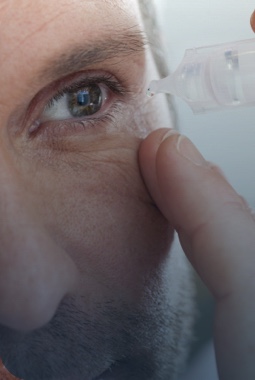Enjoy Your Digital Devices Without Eye Strain
If you’re like many other Canadians, you likely spend a reasonable amount of your day in front of a digital screen. You might even spend your leisure time surfing the web, watching videos, or playing games. However, constantly staring at computer and mobile screens can cause digital eye strain.
If diagnosed in a timely fashion, you can work with your eye care professional to treat and eliminate the strain. Please reach out to us if you experience any discomfort when working on a computer.
Common Symptoms
You may have digital eye strain if you experience any of the following symptoms:
- Sore, tired, burning, or itchy eyes
- Watery or dry eyes
- Blurred or double vision
- Headache
- Sore neck, shoulders, or back
- Increased sensitivity to light
- Difficulty concentrating
- Feeling that you cannot keep your eyes open
However, these symptoms are also similar to those of other, more serious eye conditions. Please call us for a comprehensive eye exam so we can investigate the cause of your symptoms and recommend a solution that will help.





















